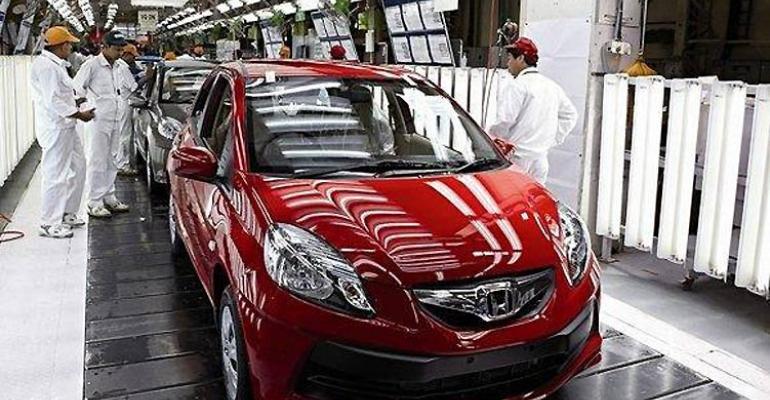MUMBAI – The contentious 17-year partnership between Honda and Sriram Industrial Enterprises has at last been dissolved.
The Japanese auto maker recently bought Siel’s remaining 3.2% share in the joint venture for Rs 1.8 billion ($32.1 million). Now a fully owned subsidiary in India, the operation soon will get a new name.
Honda management believes the auto maker can do better in India relying on its own image and reputation for building reliable, spacious, fuel-efficient cars.
Wanting a local partner, Honda initially held a 60% share of the JV. But Siel, owned by Usha International, which manufactures products ranging from auto parts to sewing machines and table fans, never fully committed to the car-making enterprise.
Siel was unwilling to help raise investment in new small cars and diesel-engine variants, possibly because Honda never has been profitable in India. The JV lost money in 14 of its 17 years, including Rs2.1 billion ($38 million) in the fiscal year ending March 31, 2011. Margins in the profit-making years were wafer-thin.
Aggravating the troubled relationship were last year’s natural disasters in Japan and Thailand that disrupted supply lines, crippling Honda production for nearly six months.
After that came a steady increase in India’s gasoline prices that hit Honda hard. While its rivals quickly shifted toward diesel production and responded to consumer demand for roomy, comfortable SUVs and multipurpose vehicles, Honda had neither. The Jazz (Fit), a subcompact with good interior space, was overpriced.
The result: Honda’s share of the Indian market had dwindled to 1.6% in 2011, less than half of the 3.5% share it claimed five years earlier. Losing ground to global competitors such as Toyota and Volkswagen, its rank by total sales skidded from fifth place to 11th in that timeframe.
According to WardsAuto data, Honda saw some recovery in the first seven months of this year, with 46,118 deliveries giving it a 2.3% market share.
Honda’s new strategy for India depends on its ability to develop 1.2L and 1.4L diesel engines, possibly buying them from Fiat or Maruti Suzuki for the short term.
The auto maker must design new and attractive SUVs and MPVs and price them competitively. Crucially, Honda now can raise capital without any hindrance.





